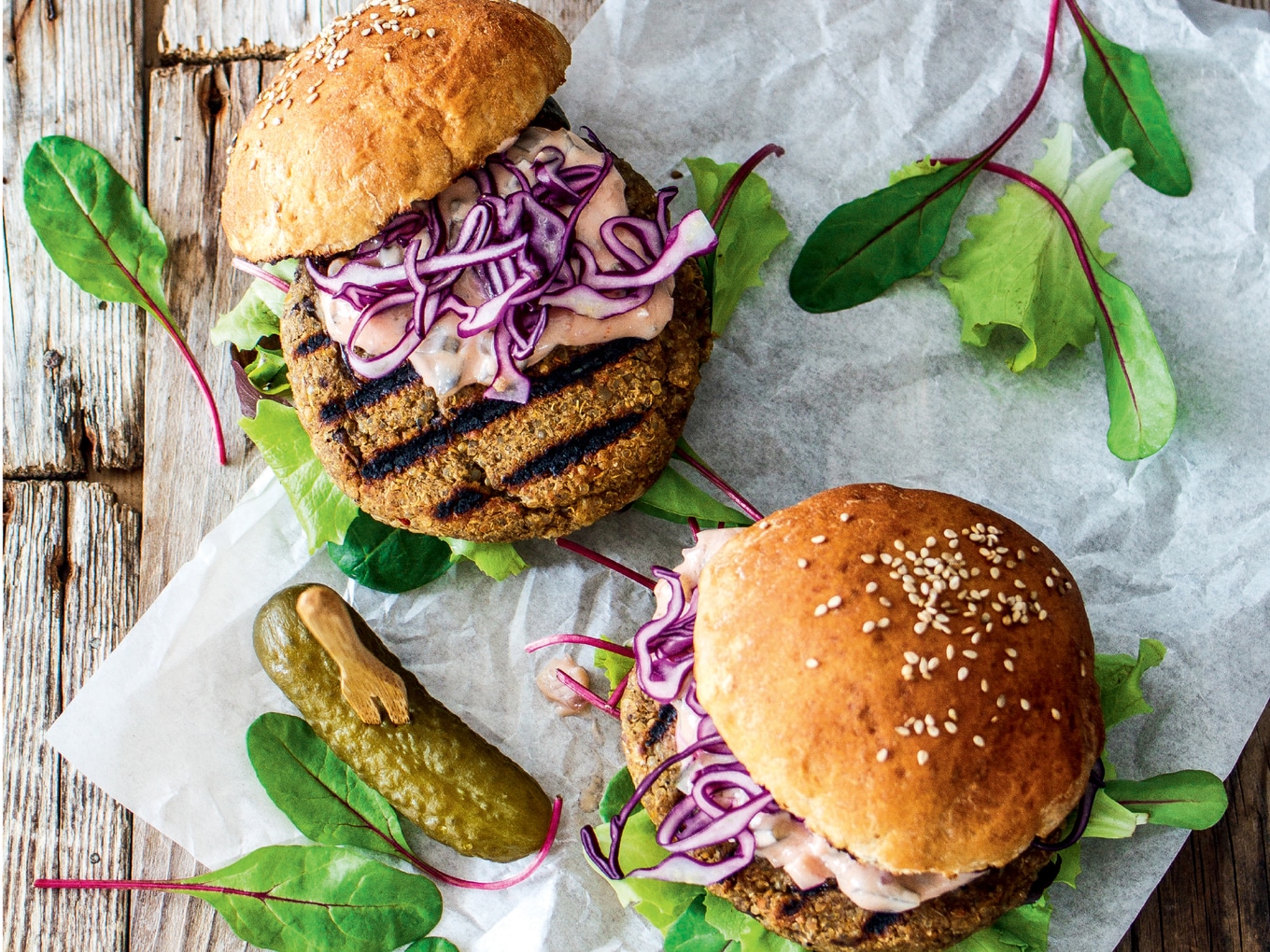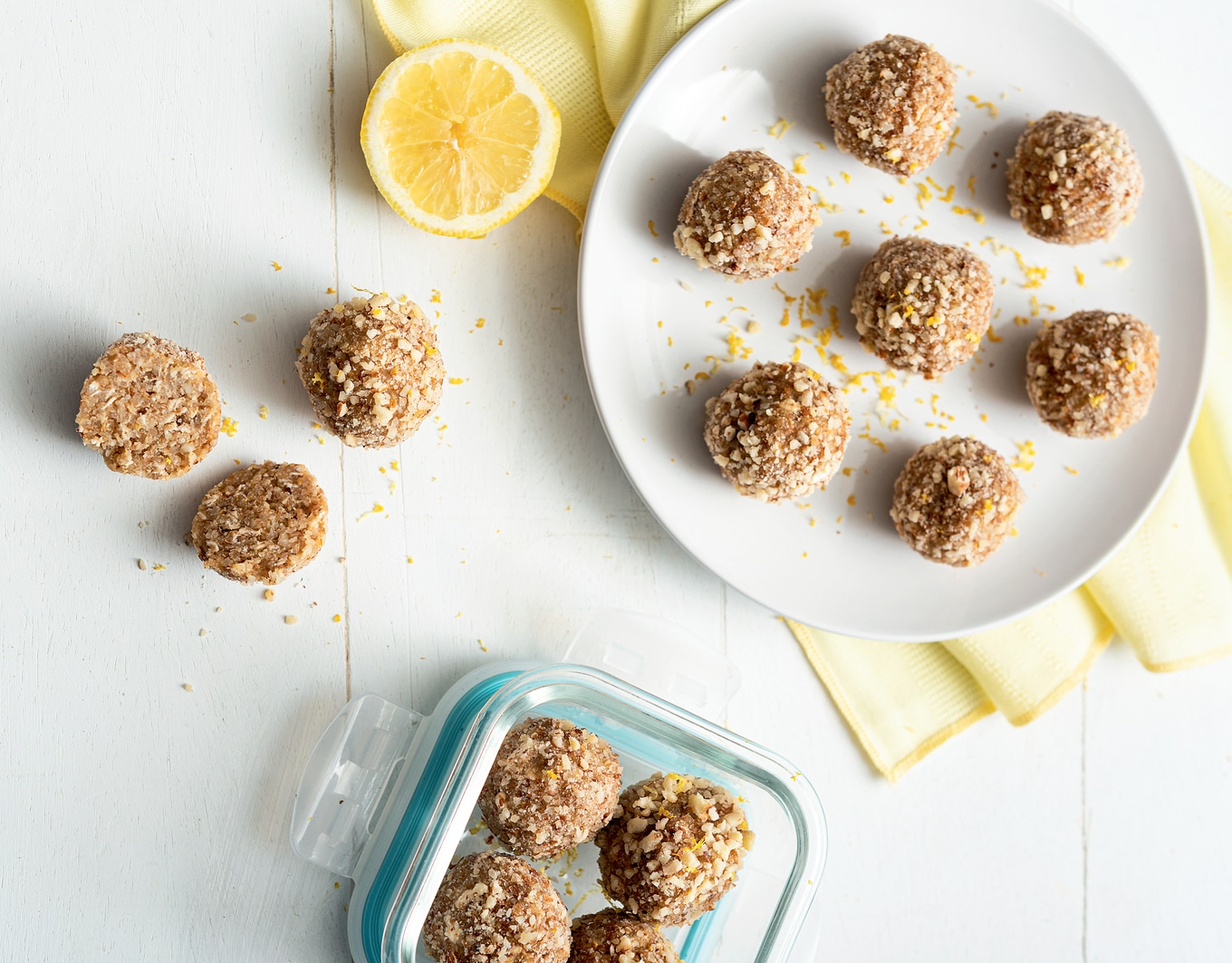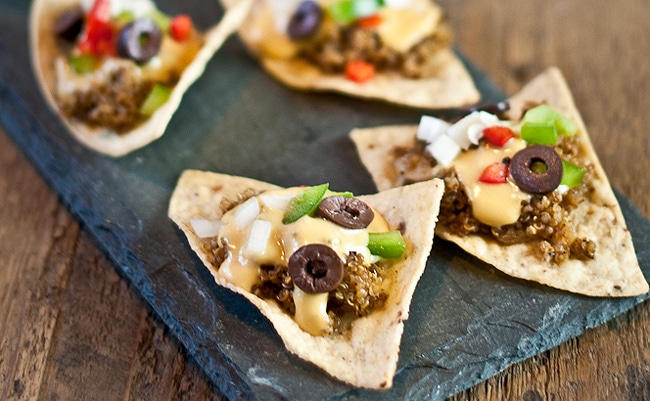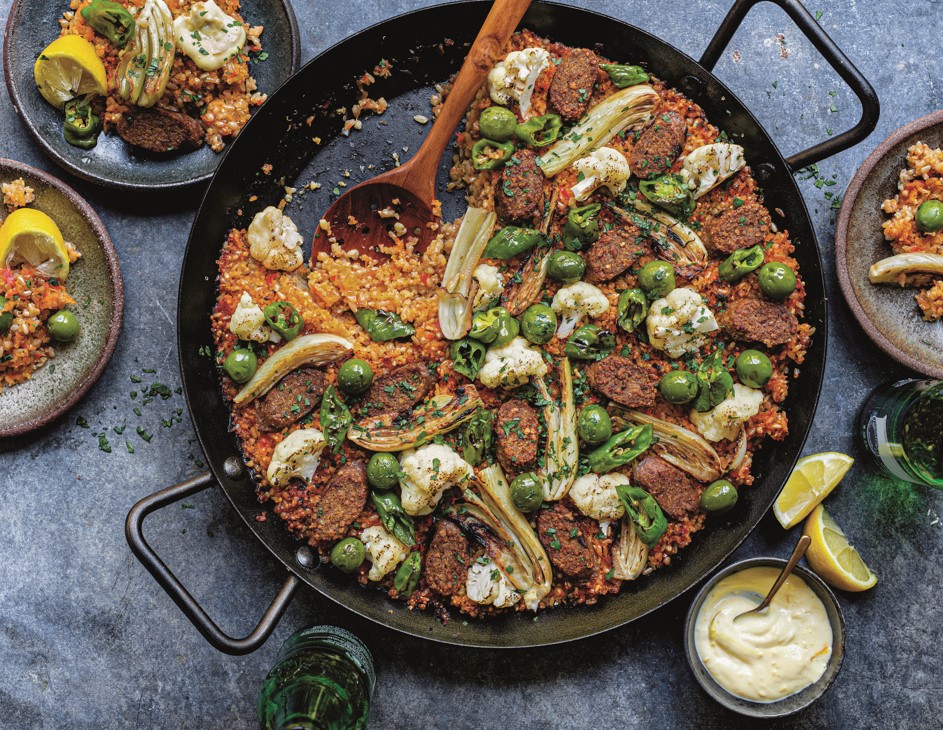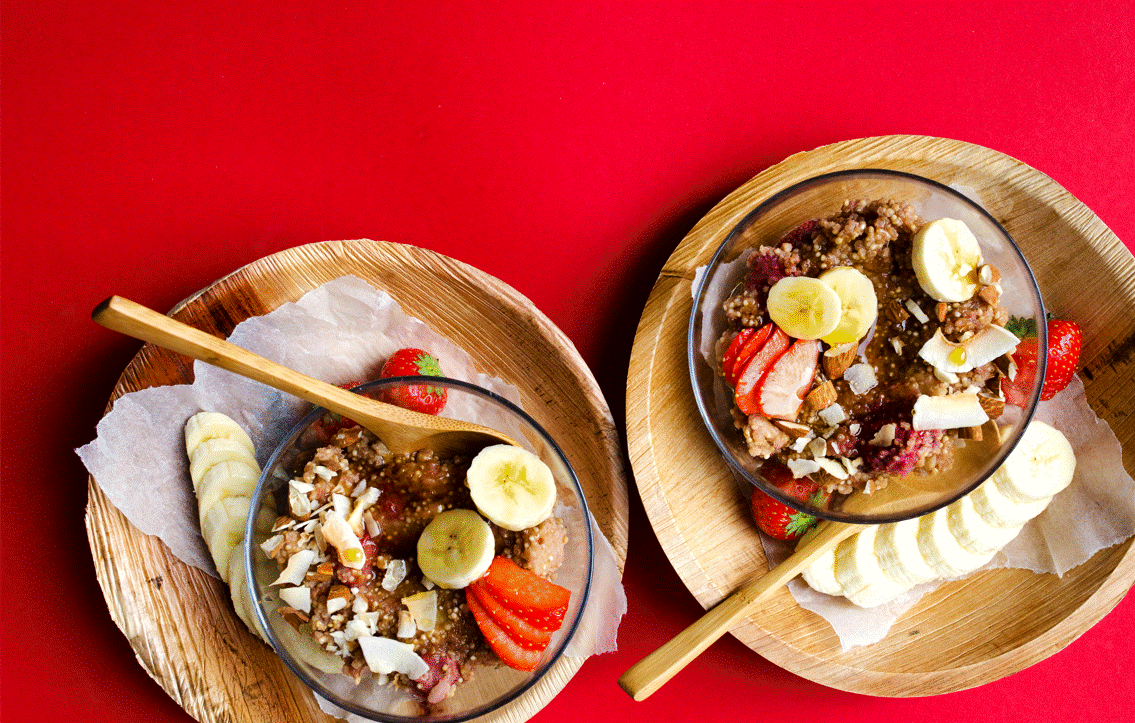Thousands of years ago, in the mountains of Peru, Chile, and Bolivia, the people of the Inca empire ate a diet rich in plants like peppers, squash, corn, and avocados. But their mother grain or chisaya mama was quinoa. The Incas believed that quinoa was sacred.
But because of this spiritual importance, when the Spanish colonized South America in the 16th century, they banned its cultivation. And instead, they replaced it with wheat. But what they didn’t know at the time was that the Incas were onto something: quinoa is special. It is not only a nutritional powerhouse, but it could even be the answer to world hunger. Here’s everything you need to know about the ancient crop, including how to cook it yourself from home.
What is quinoa?
Commonly thought of as a grain, quinoa is actually a “pseudo-grain.” This means that it mimics the nutritional content of grains, and it’s eaten in a very similar way, but it’s not really a grain, it’s a seed, and it grows on Chenopodium quinoa plants. There are thousands of different varieties of quinoa, including red and black quinoa, but white is the most popular.
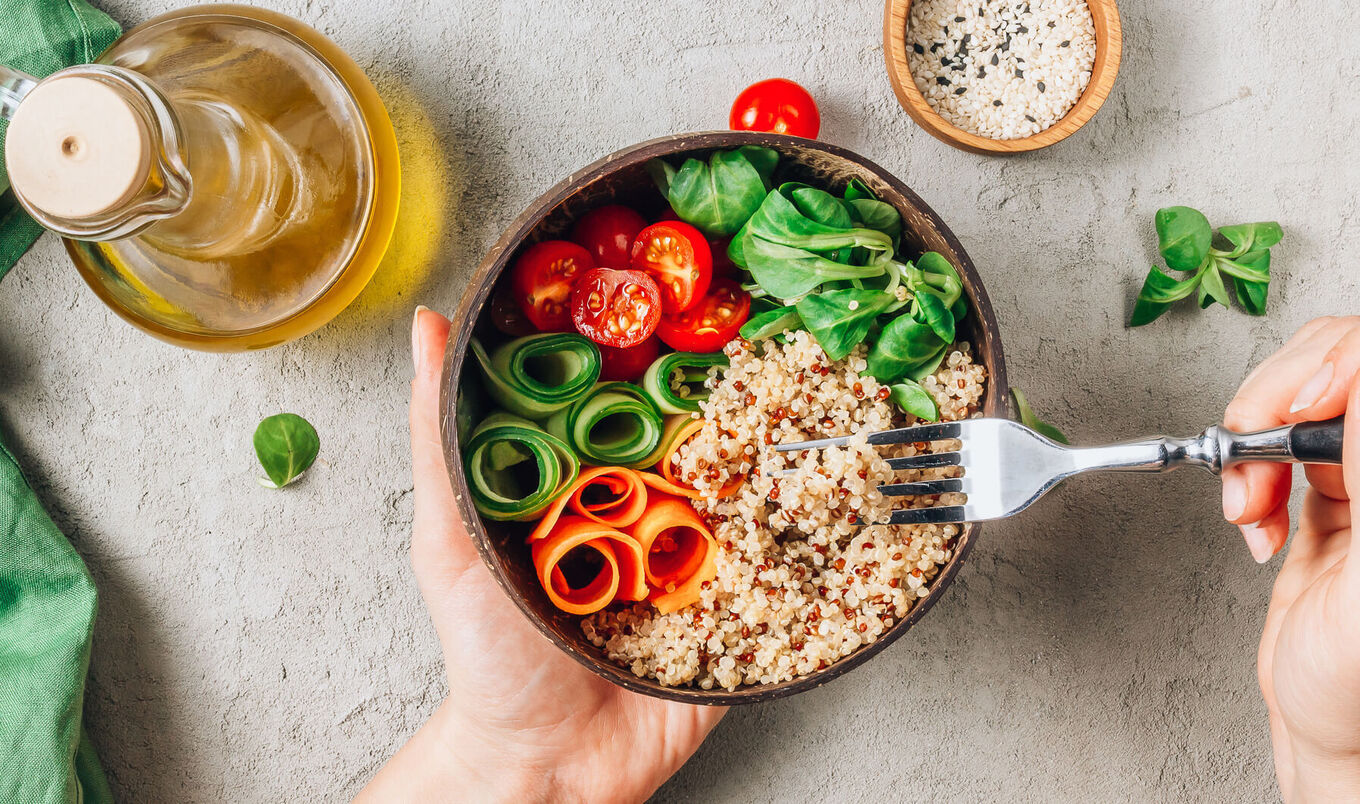 Julia Mikhaylova
Julia Mikhaylova
As the west has caught on to the crop’s nutritional benefits and versatility, there has been a quinoa boom in the last few decades. Most of it is still grown in South American countries such as Peru, Bolivia, and Ecuador, but it can be cultivated worldwide.
According to the Agricultural Marketing Resource Center, there are also small commercial acreages in more than 50 countries, including Denmark, Italy, and France.
What are the benefits of quinoa cultivation?
Quinoa is healthy, there’s no doubt about it, but that’s not the only good thing about this ancient seed. For a few years now, scientists have been looking into its potential to end malnutrition and world hunger. This is largely down to its resilience; it can grow in many different climates and is resistant to many factors that threaten other crops, like hypersalinity (which refers to salt excess) and drought.
Mark Tester, a botanist and professor of plant science, has studied quinoa for years. He has hypothesized that the plant is a “super crop” and, with the help of his research team at Saudi Arabia’s King Abdullah University, even cracked the plant’s gene code so it can be manipulated to produce a higher yield and a sweeter taste.
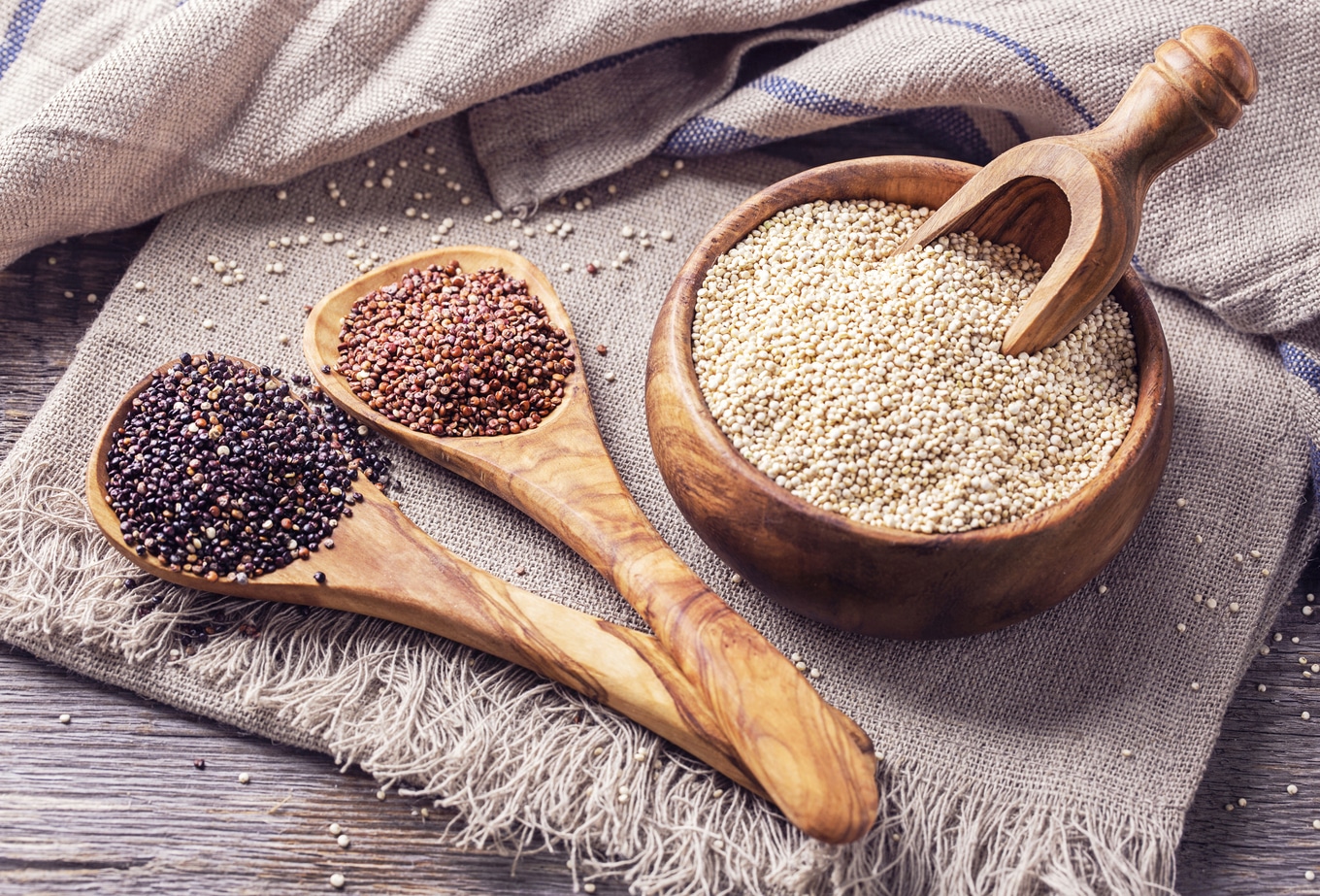 Getty
Getty
BECOME A VEGNEWS VIP: Get exclusive product deals, freebies, and perks galore!
“Quinoa was the staple ‘Mother Grain’ that fueled the ancient Andean civilizations, but the crop was marginalized when the Spanish arrived in South America and has only recently been revived as a new crop of global interest,” he told Yahoo! News in 2017.
“We already know that the quinoa plant family is incredibly resilient. It can grow in poor soils, salty soils, and at high altitudes. It really is a very tough plant,” he added. “Quinoa could provide a healthy, nutritious food source for the world using land and water that currently cannot be used.”
Quinoa’s intrinsic hardiness also means that it can be sustainable too. It doesn’t need many resources to grow and has a very low water footprint. In fact, quinoa needs less water than other popular plant-based crops, like oats, rice, soybeans, and almonds. And because it can grow on Bolivia’s arid, dry salt plains, where other plants can’t, its land use is minimal too.
While monocropping quinoa has been a concern as this negatively impacts soil, when it is used in a crop rotation, quinoa has the potential to help improve soil fertility. That’s according to Quinoa Quality, a company dedicated to promoting plant-based protein and enhancing food diversity in Europe.
Quinoa nutrition
Sustainability is important, but, arguably, most people flock to quinoa for its nutrients. Nicknamed a “superfood,” quinoa is a complete source of protein, which means it contains all nine amino acids, and it’s also a great source of fiber (it contains more than any other grain) and heart-healthy fats. Plus, it contains manganese, magnesium, phosphorous, folate, iron, copper, thiamin, vitamin B6, riboflavin, and zinc. On top of all of that, it’s also a source of antioxidant-rich plant compounds, like flavonoids and saponins.
Quinoa recipes
And another great quality of quinoa? It’s versatile, which means you can cook a number of tasty recipes with it. Whether you fancy a burger, a chili, or porridge, quinoa’s got you. Here are some of our favorite recipes to make with this ancient pseudo-grain.
1 Quinoa and Chickpea Burgers
When that burger craving hits, put down the keys. Instead of driving to a fast-food joint, make this quinoa and chickpea burger. It’s healthy, but it also gives you all the flavor of a chain-bought patty, as it’s topped with fast-food-style burger sauce. For the ultimate fast-food experience, serve with fries and your favorite dip. Or if you’re feeling extra healthy, whip up a salad!
Get the recipe
2 Vegan Lemon Quinoa Bites
Having the same snacks every day can get a little boring, so why not diversify your options and whip up these delicious, protein-packed quinoa bites? Your future self will thank you next time you’re looking for a late afternoon pick-me-up.
GET THE RECIPE
3 Cheesy Nachos With Quinoa Chili
Because of its texture and ability to soak up flavors, quinoa is a great base for chili. So liven up nacho night by loading your tortilla chips with a spicy, flavorful quinoa chili mix. Finish it off with a generous helping of cheesy vegan sauce.
GET THE RECIPE
4 Vegan Mixed Grain Vegetable Paella With Sausage and Castelvetrano Olives
While paella is traditionally made with rice, this recipe calls for a medley of grains—including the pseudo-grain quinoa—for a diverse nutrient profile. Transport yourself to the coast of Valencia, Spain with this veganized recipe made with plant-based sausage, cauliflower florets, and chewy olives.
Get the recipe
5 Strawberries and Cream Quinoa Porridge
As we said before, quinoa is incredibly versatile. It can be used in many different savory recipes, but it’s also a great base for sweet treats too. Don’t believe us? Try swapping out your morning oats for quinoa and topping them with strawberries, bananas, and a drizzle of maple syrup. Delicious.
GET THE RECIPE
For more about 'superfoods,' read:
JUMP TO ... Latest News | Recipes | Guides | Health | Subscribe


